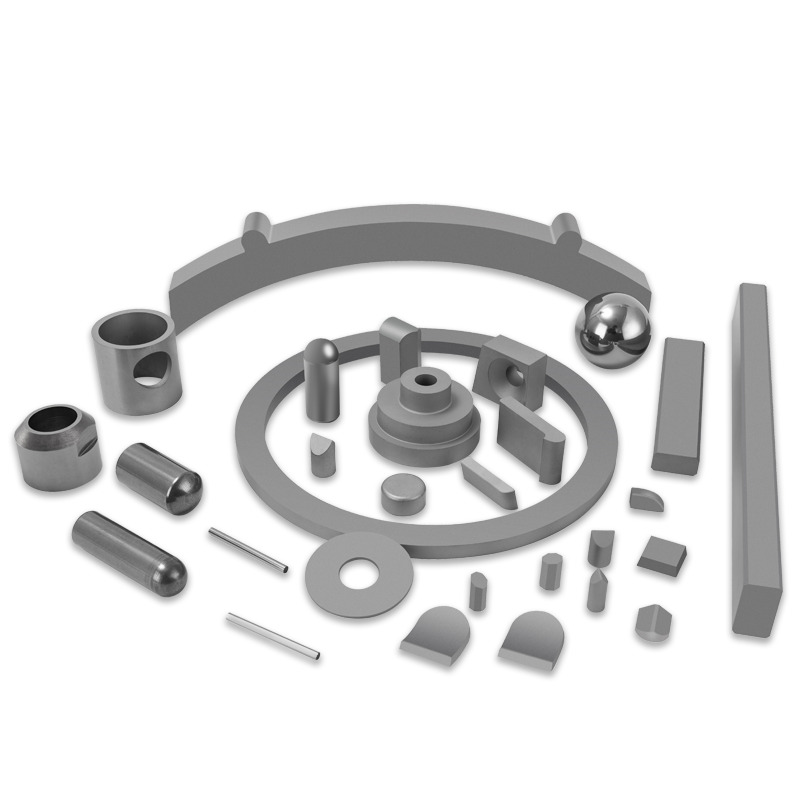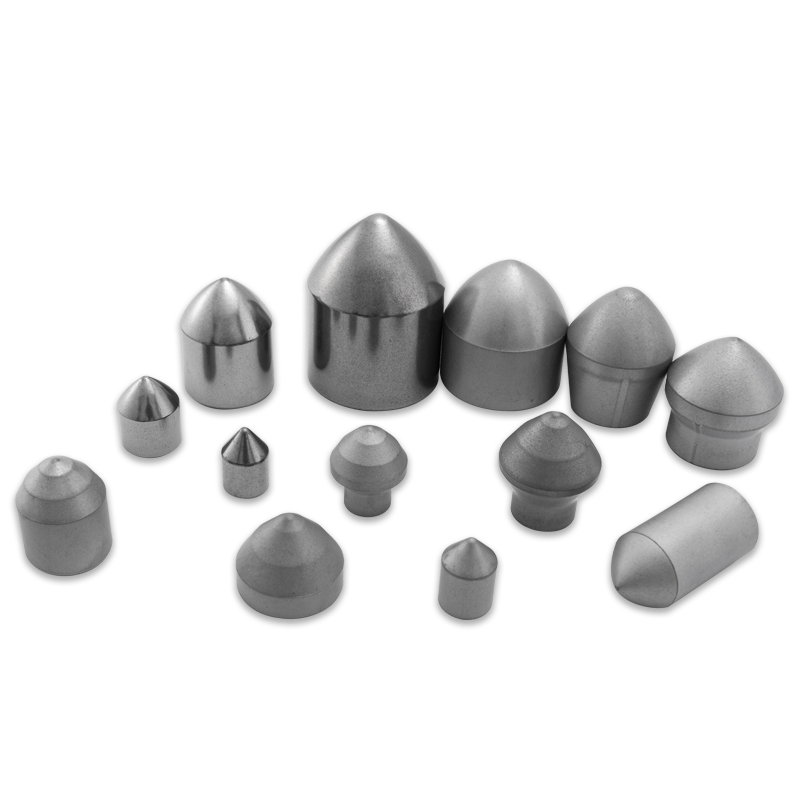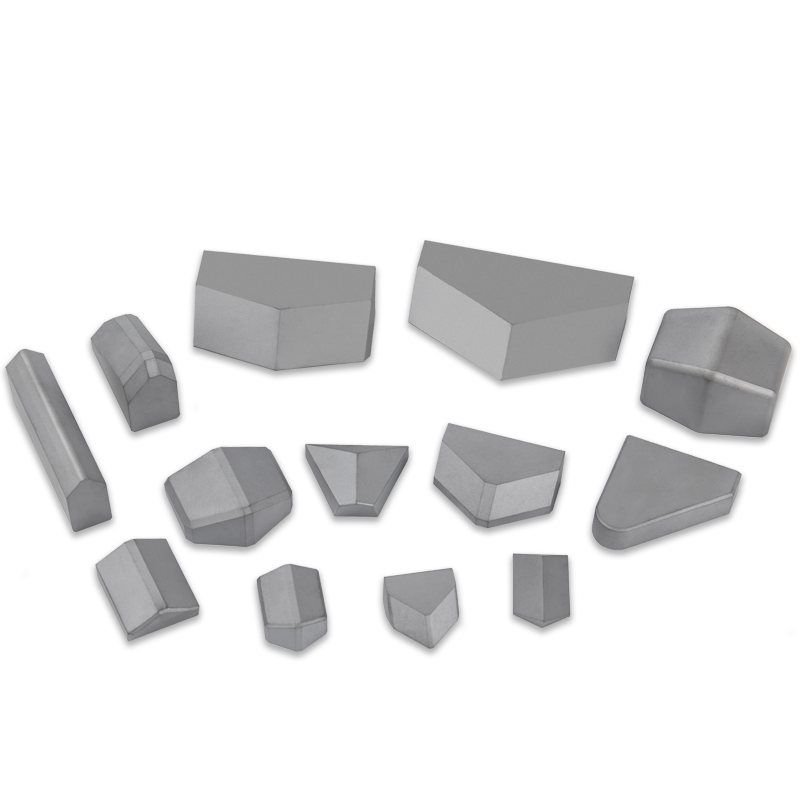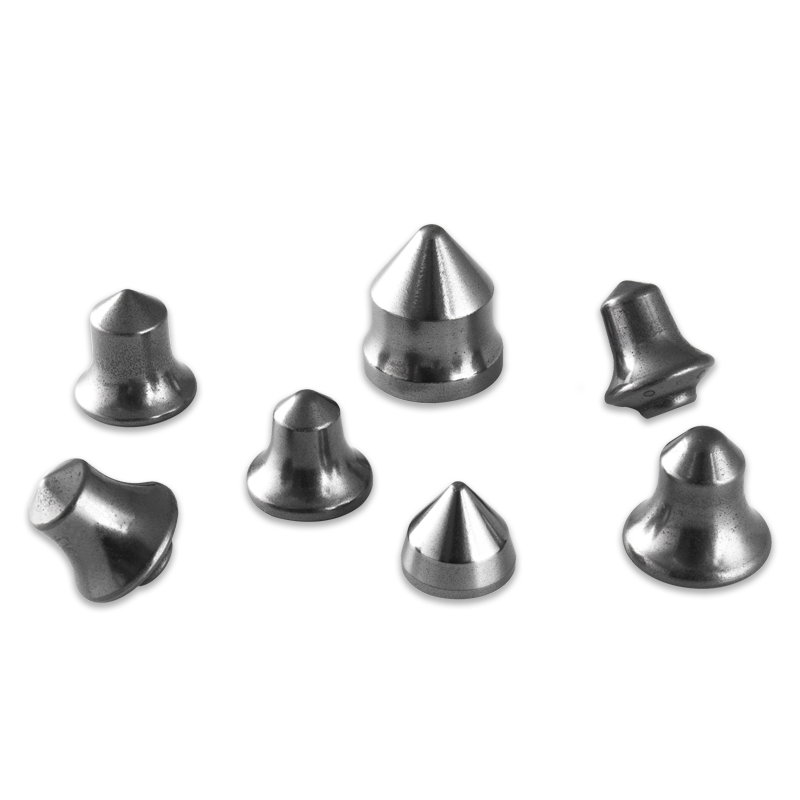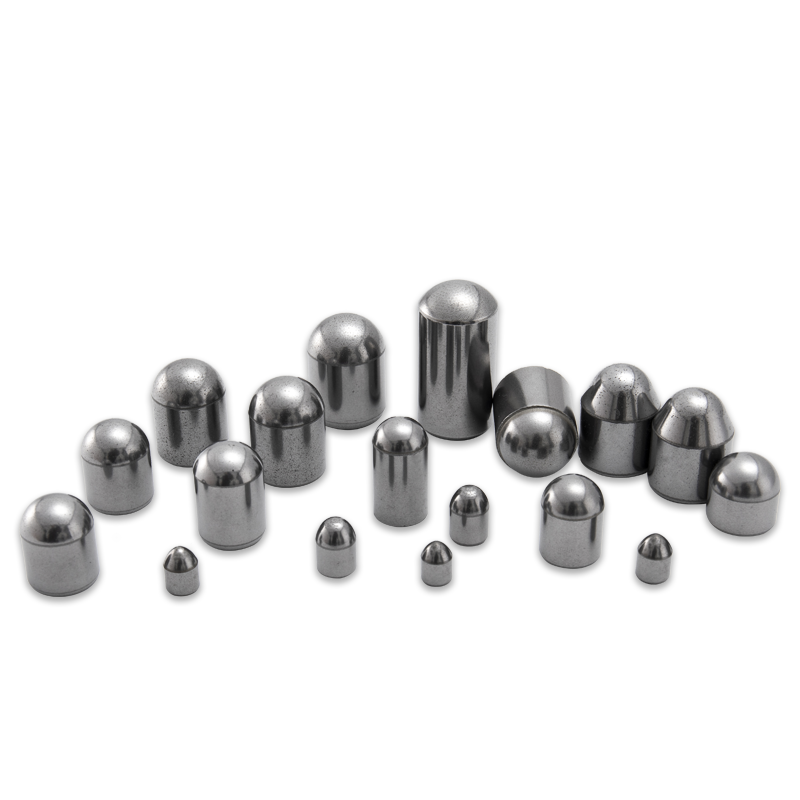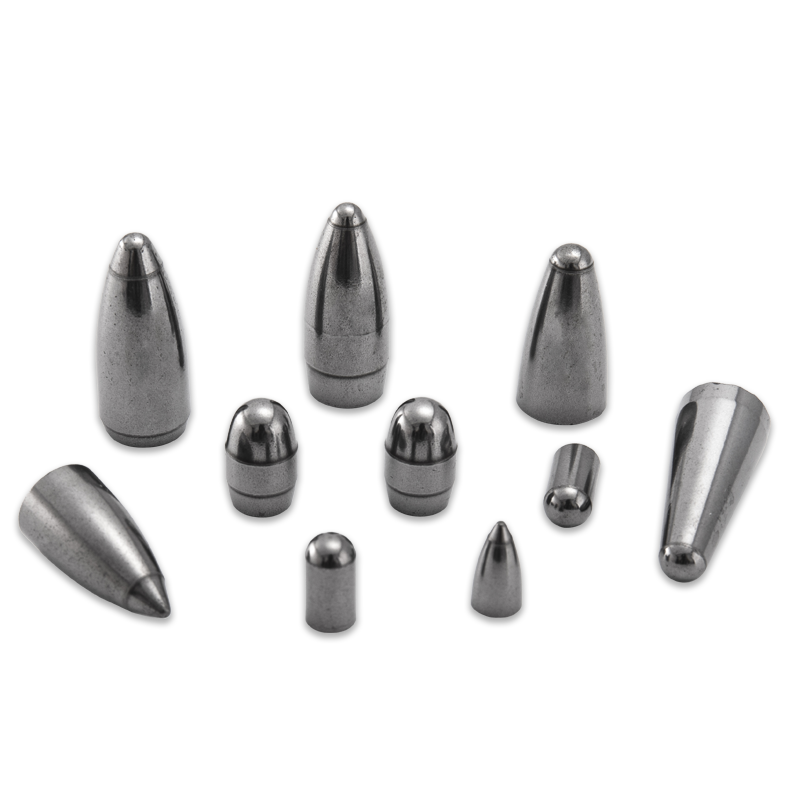Tungsten Carbide Stamping Dies: Precision and Durability in Modern Manufacturing
Industry News-The relentless push for higher precision, greater speed, and longer tool life in modern manufacturing has elevated certain materials to indispensable status. Among these, tungsten carbide stands out, particularly in the realm of metal forming. The Tungsten Carbide Stamping Die represents a pinnacle of tooling technology, essential for producing high volumes of intricate and dimensionally accurate parts across numerous industries.
The Unmatched Properties of Tungsten Carbide
Tungsten carbide (), a compound of tungsten and carbon, is renowned for its exceptional properties, making it an ideal material for stamping dies. Its key attributes include:
- Extreme Hardness: Tungsten carbide’s hardness, often comparable to that of diamond, offers superior resistance to wear and abrasion. This is crucial as stamping dies endure high-stress contact and friction with sheet metal.
- High Compressive Strength: It can withstand immense compressive loads without deformation or cracking, which is inherent in the high-impact operation of stamping.
- Excellent Thermal Resistance: The material maintains its integrity and hardness even at the elevated temperatures generated during rapid, high-volume stamping operations.
- Corrosion Resistance: This property is vital for dies that may be exposed to various lubricants, coolants, and environmental factors over their service life.
These properties ensure that a Tungsten Carbide Stamping Die offers a significantly longer lifespan and maintains tighter tolerances than dies made from conventional tool steels, ultimately leading to lower per-part costs and reduced machine downtime for tooling changes.
Applications Across Key Industries
The adoption of the Tungsten Carbide Stamping Die is widespread, benefiting sectors where precision and mass production are non-negotiable.
Electronics and Semiconductor
In the production of small, intricate electronic components like connectors, lead frames, and micro-stamping parts, the dimensional stability offered by a Tungsten Carbide Stamping Die is critical. The fine grain structure of the carbide allows for the machining of extremely sharp edges and precise features required for these miniature applications.
Automotive
The automotive industry relies on these dies for complex parts, including terminals, sensor components, and specific electrical contacts. The long production runs typical of automotive supply chains necessitate the durability that only a high-quality Tungsten Carbide Stamping Die can provide, ensuring consistent quality across millions of cycles.
Medical Devices
For producing small, high-precision components used in medical instruments and implants, the material’s wear resistance helps maintain sterile and contaminant-free surfaces on the stamped parts.
Design and Fabrication of Tungsten Carbide Stamping Dies
The manufacture of a Tungsten Carbide Stamping Die is a highly specialized process, often involving state-of-the-art techniques.
-
Sintering and Metallurgy: The carbide powders are mixed with a binder (typically cobalt) and consolidated through a process called sintering. The ratio of tungsten carbide to the binder determines the grade, hardness, and toughness of the final material. Selecting the correct grade is paramount to optimize the die for the specific stamping application.
-
Precision Machining: Due to its extreme hardness, conventional machining is challenging. Techniques such as Wire Electrical Discharge Machining (WEDM), Jig Grinding, and specialized diamond grinding are employed to achieve the required micron-level tolerances and surface finishes. This precision is what allows the Tungsten Carbide Stamping Die to produce parts with minimal burr and optimal form.
-
Die Design: The design process must account for the material’s inherent properties, such as its lower fracture toughness compared to tool steel. Designers must incorporate generous radii and minimize sharp corners to avoid potential stress concentrations, thereby maximizing the lifespan of the Tungsten Carbide Stamping Die.
Economic Advantages and Future Outlook
While the initial investment for a Tungsten Carbide Stamping Die is significantly higher than for a conventional steel die, the return on investment is clear. The extended operational life—often ten to twenty times longer—drastically reduces tooling costs per part. Furthermore, the ability to maintain stricter dimensional tolerances over long production runs translates to less scrap material and higher product quality.
As manufacturing processes continue to demand higher speeds and greater miniaturization, the role of the Tungsten Carbide Stamping Die will only become more vital. Ongoing research focuses on developing nano-crystalline carbide grades and exploring advanced surface coatings to further enhance the wear resistance and overall performance of this critical manufacturing tool.


 English
English русский
русский